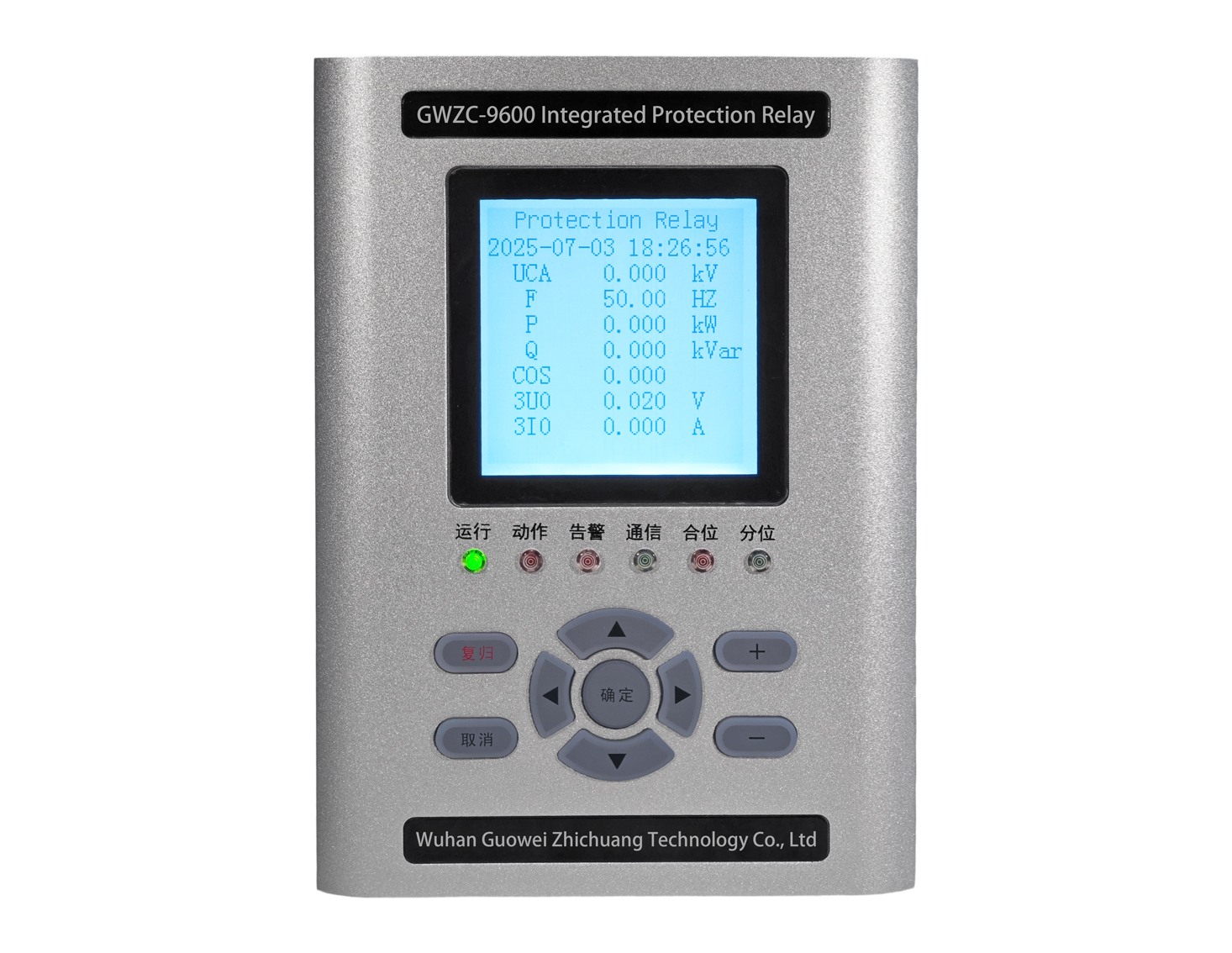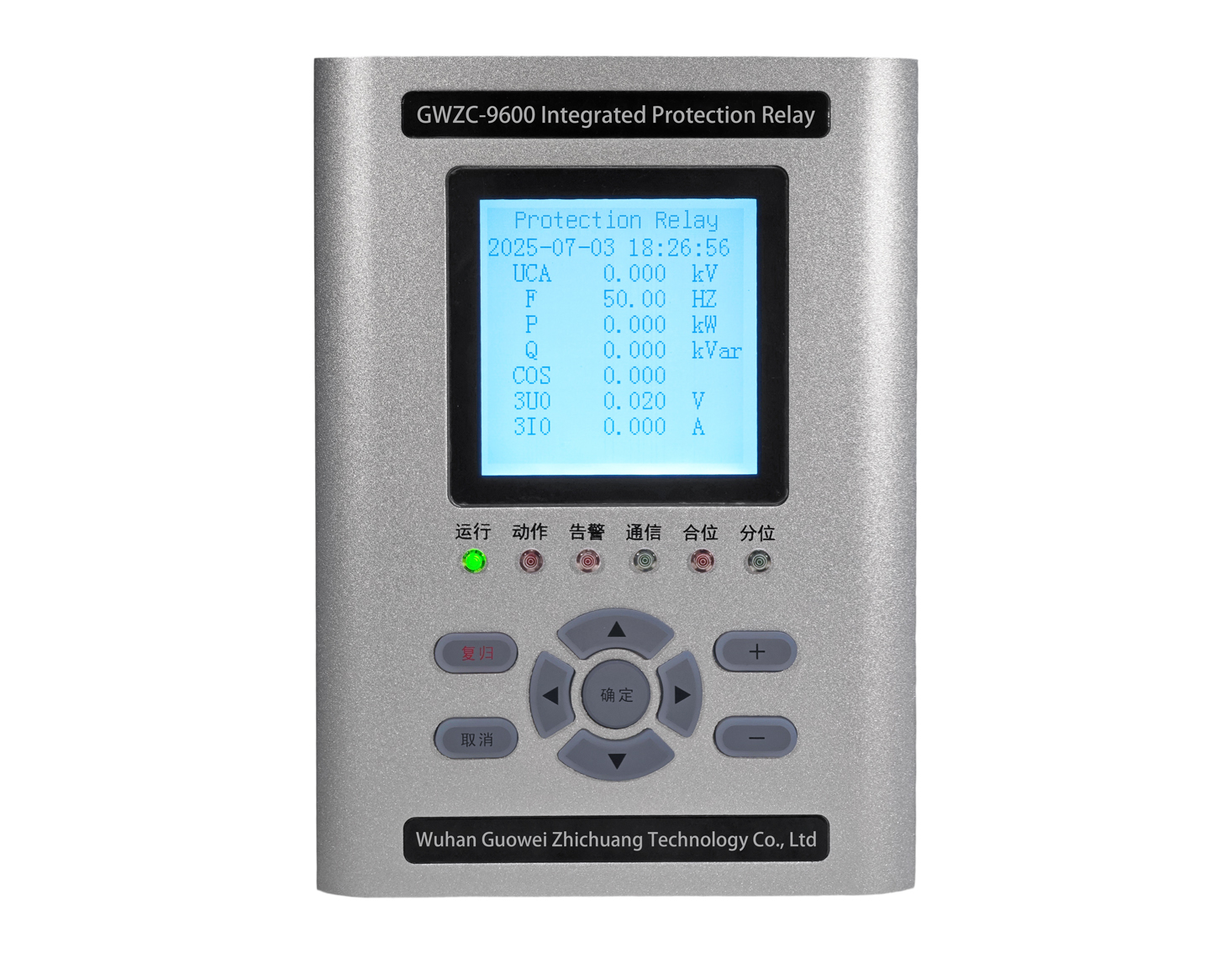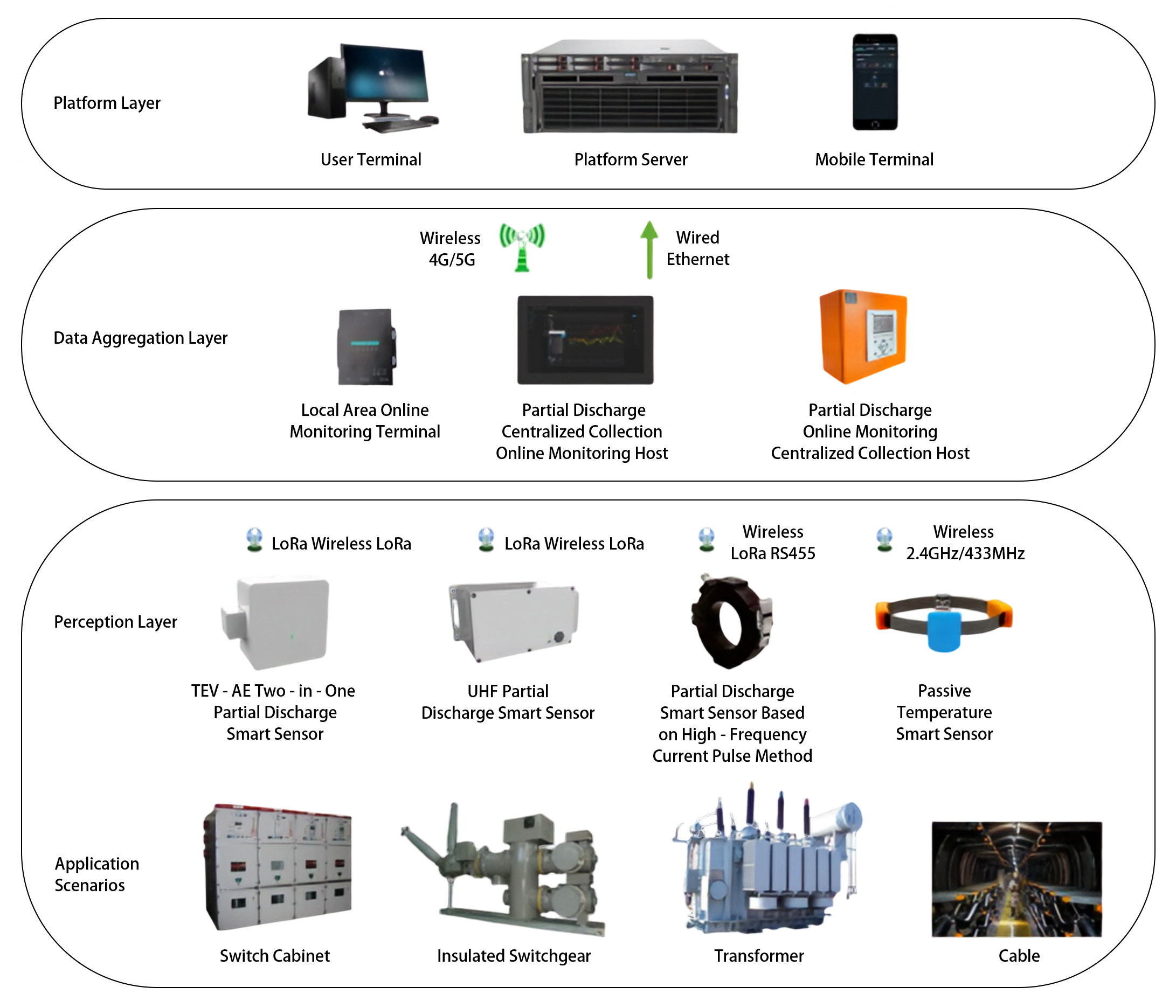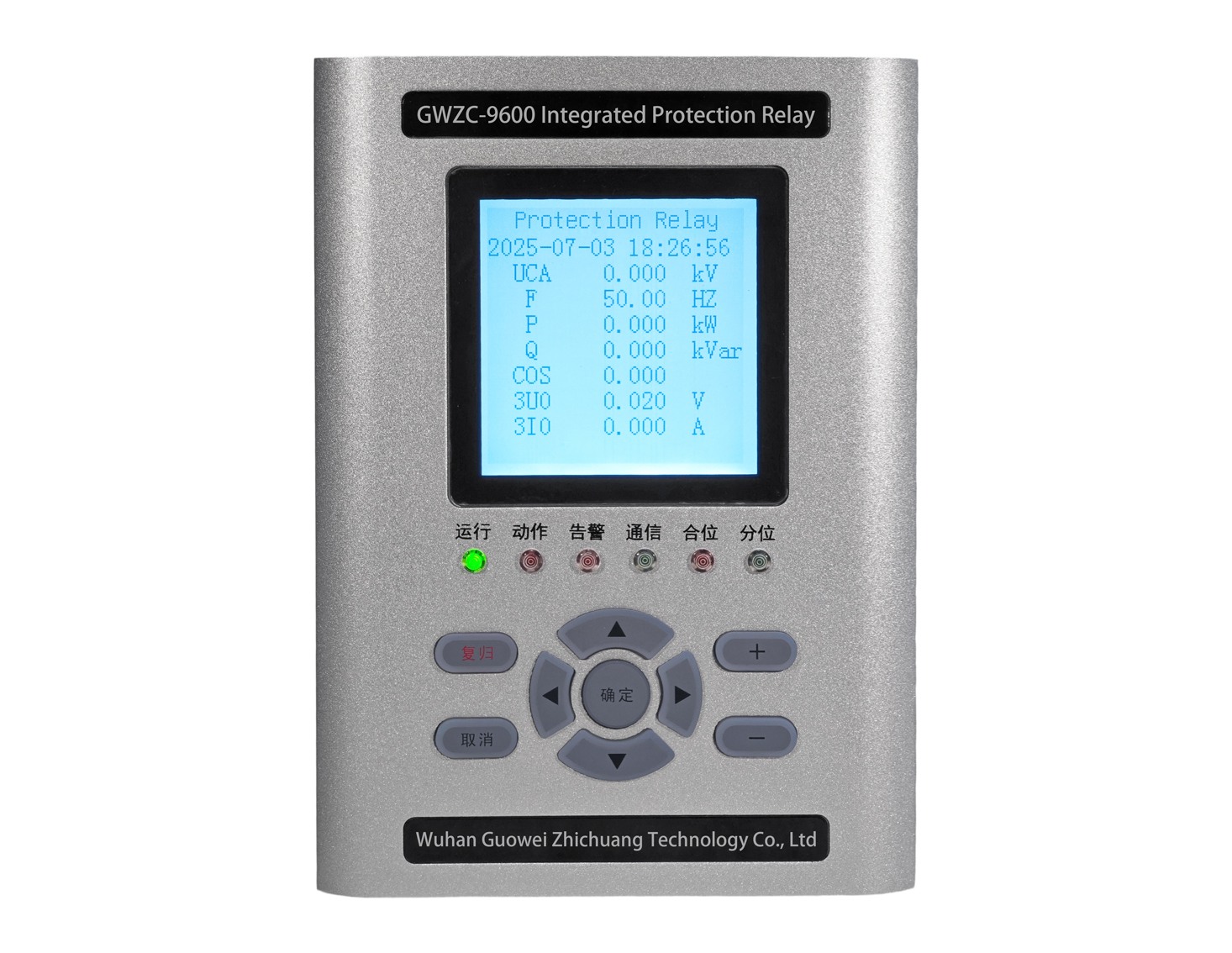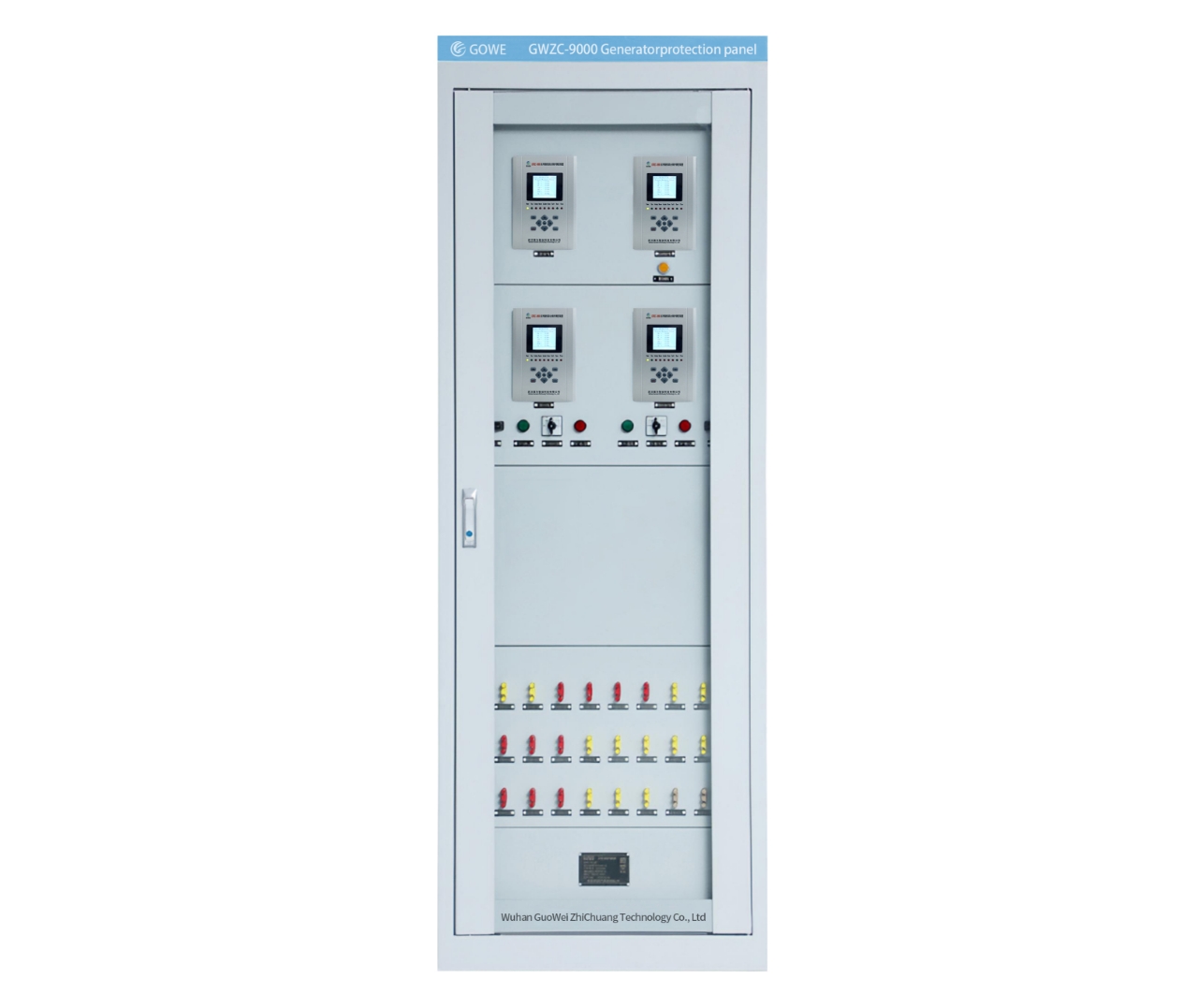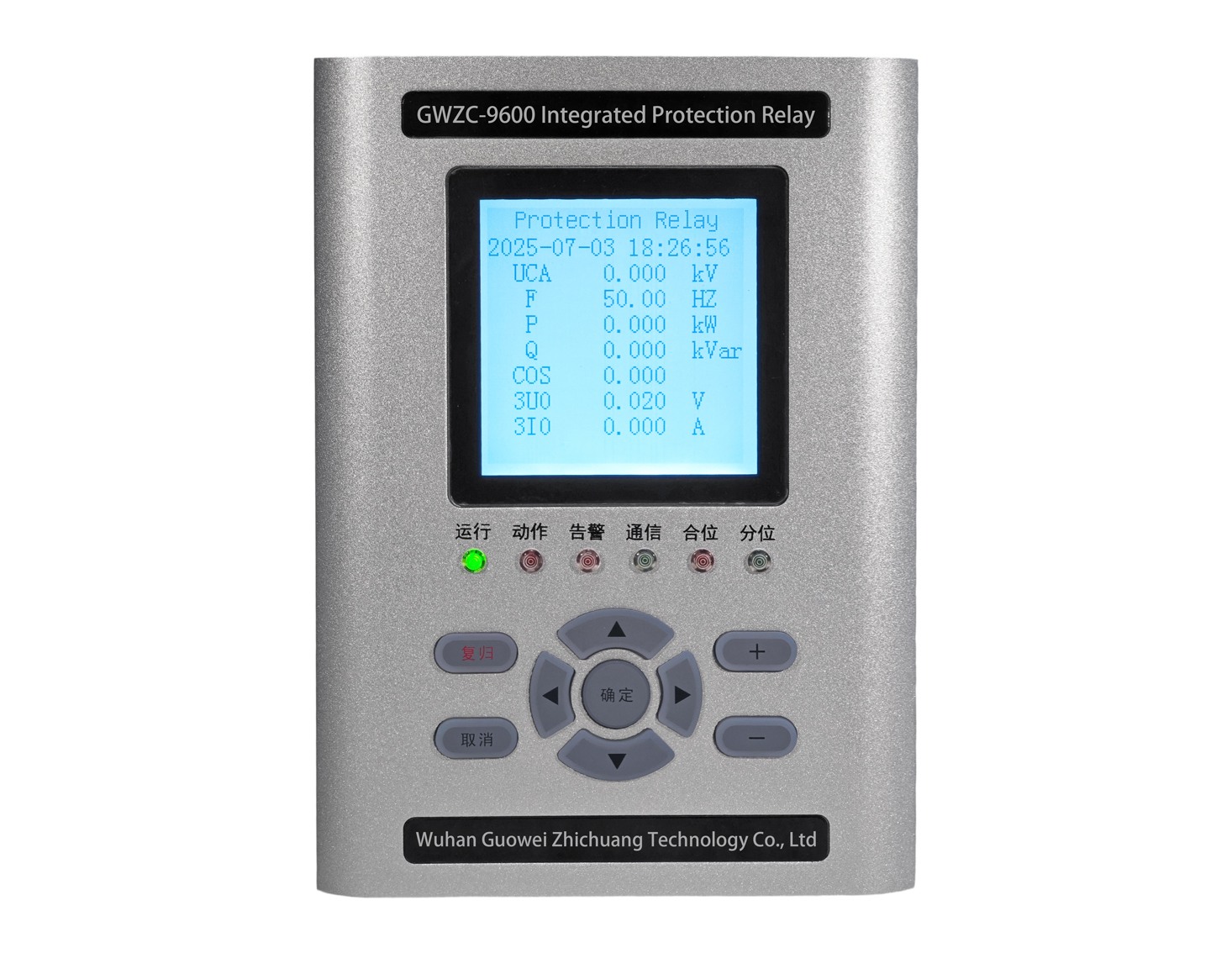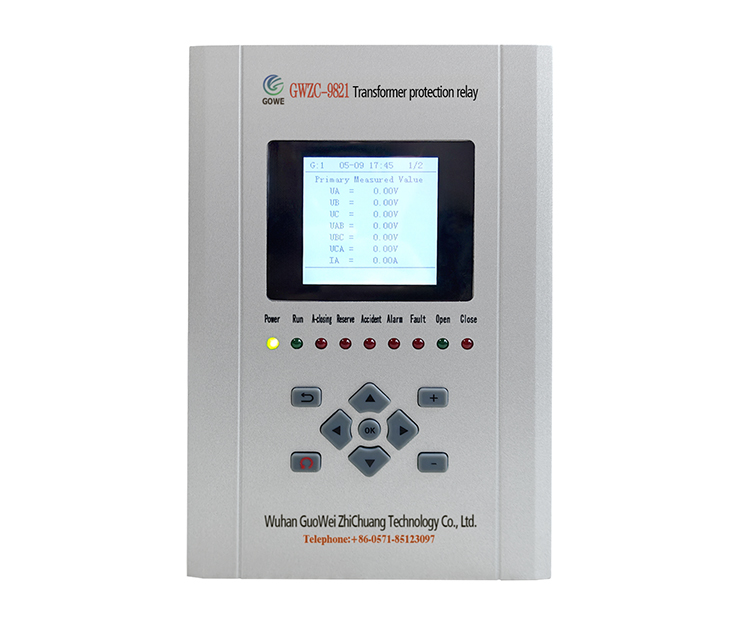
Introduction to Accelerated Protection
Accelerated protection is a critical component in modern power systems, designed to swiftly detect and isolate electrical faults to prevent widespread damage and ensure operational continuity. It is commonly implemented through protection relays, which monitor parameters like current and voltage to trigger rapid actions. This introduction sets the stage for exploring its multifaceted aspects, including role, function, principle, applications, and benefits, all aimed at enhancing system reliability and safety.
Role of Accelerated Protection
The primary role of accelerated protection is to minimize the impact of faults by enabling immediate response, thereby reducing downtime and preventing cascading failures in power networks. It acts as a safeguard for equipment such as transformers and generators, ensuring that faults are contained before they escalate. This role is vital in maintaining grid stability and protecting investments in infrastructure, highlighting the importance of accelerated protection in overall system design.
Function of Accelerated Protection
The function of accelerated protection involves continuous monitoring of electrical parameters, rapid fault detection through algorithms, and issuing trip signals to circuit breakers for isolation. It integrates with protection relays to perform tasks like overcurrent protection and differential protection, ensuring that faults are identified and addressed within milliseconds. This functional aspect emphasizes the automation and precision required to maintain system integrity under various operating conditions.
Principle of Accelerated Protection
The principle of accelerated protection is based on the measurement of electrical quantities such as current and voltage, using relays to compare these values against predefined thresholds. When anomalies are detected, the protection logic triggers a response, often employing time-delay or instantaneous tripping mechanisms. This principle relies on electromagnetic or solid-state technologies within protection relays to ensure accuracy and speed, forming the foundation for reliable fault management in complex power systems.
Applications in Protection Relays
Accelerated protection finds extensive applications in protection relays across various sectors, including transmission lines, distribution networks, and industrial plants. For instance, in transmission systems, it is used for line protection to quickly isolate faults and prevent blackouts. Protection relays equipped with accelerated features enhance resilience by adapting to dynamic load conditions and integrating with smart grid technologies, demonstrating its versatility in modern electrical infrastructure.
Advantages of Accelerated Protection
The advantages of accelerated protection include improved system reliability, reduced equipment damage, and enhanced safety for personnel. By enabling faster fault clearance, it lowers the risk of fire hazards and operational losses. Additionally, integration with protection relays allows for scalable solutions that can be customized for specific environments, contributing to cost savings and long-term sustainability in power management. These benefits make accelerated protection an indispensable tool in achieving efficient and secure energy distribution.
Conclusion on Accelerated Protection
In summary, accelerated protection plays a pivotal role in modern electrical systems by combining advanced functions and principles to deliver rapid and reliable fault response. Its integration with protection relays ensures that systems remain robust against disruptions, underscoring the need for continued innovation in this field. Understanding these aspects helps professionals design and maintain safer, more efficient power networks for the future.
